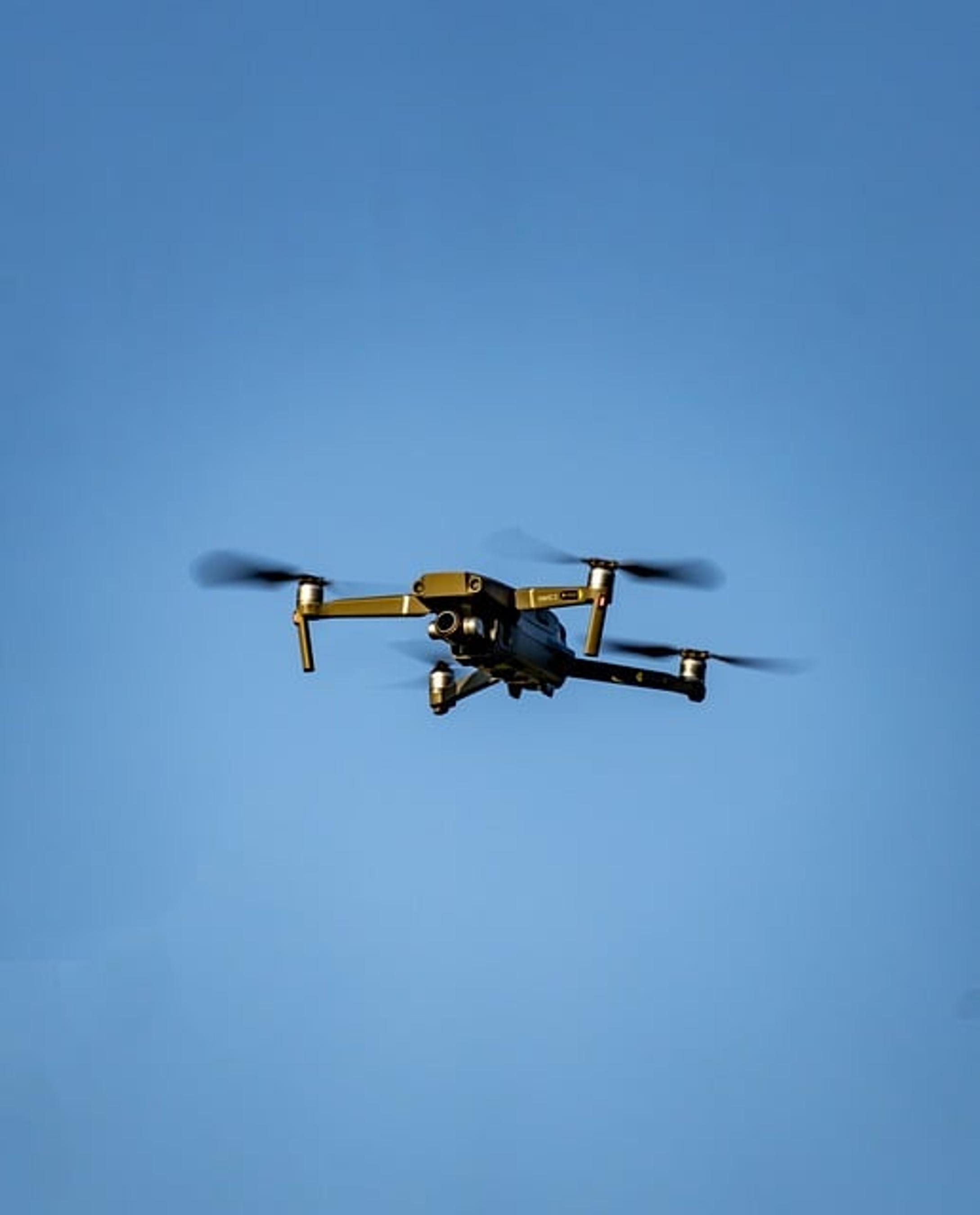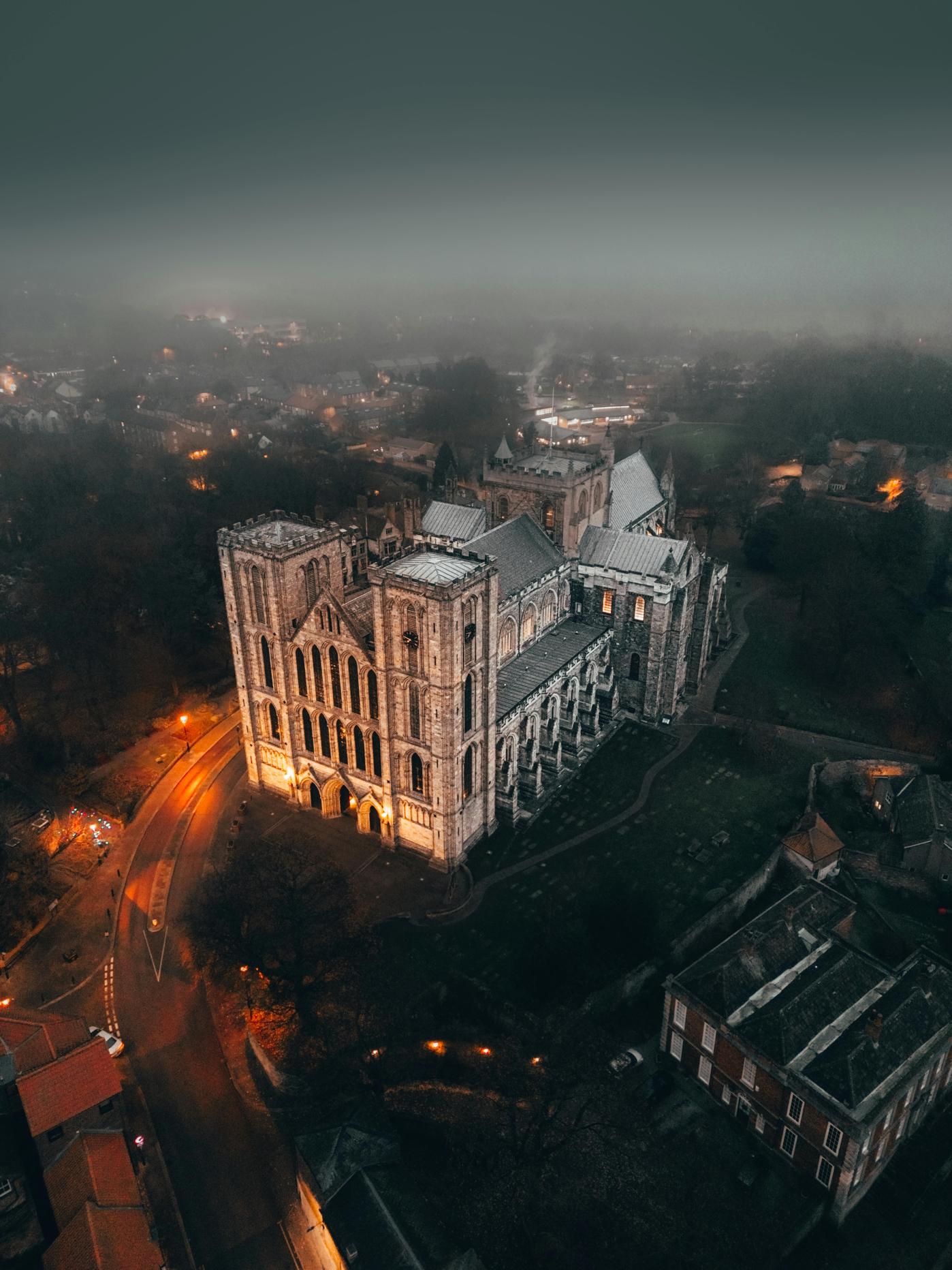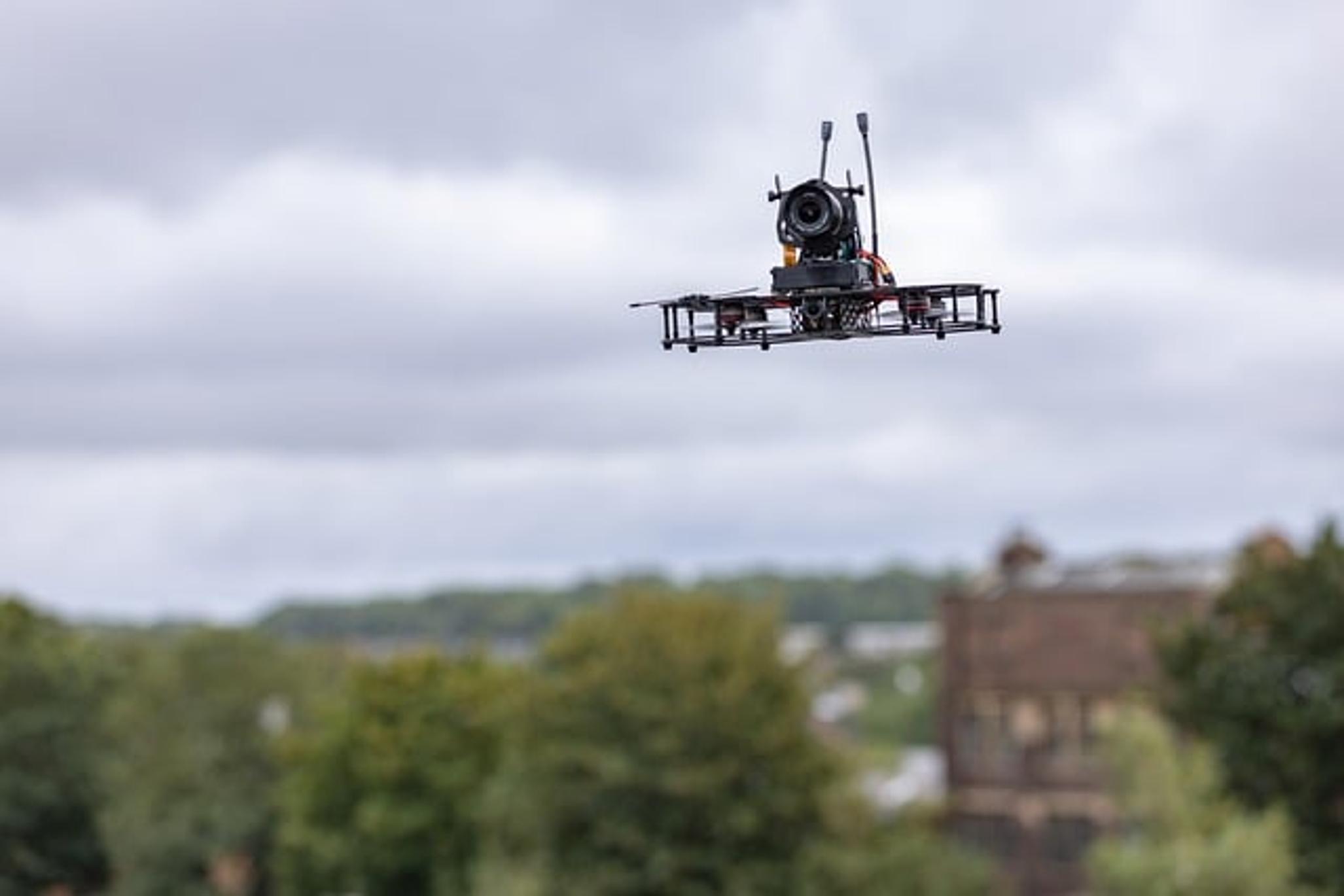How to Spot a Drone at Night
Introduction
Spotting a drone at night can be challenging due to limited visibility and the vastness of the night sky. However, whether for privacy concerns, security, or mere curiosity, identifying a drone after sunset is feasible with the right knowledge and tools. This comprehensive guide will provide you with the necessary information to detect drones at night, ranging from understanding their visual and auditory characteristics to using specialized equipment.

Understanding Drone Characteristics
Visual and Auditory Signatures of Drones
To identify a drone at night, it’s crucial first to understand their common characteristics. Visually, drones often have navigation lights, usually white, red, or green, which help them maintain orientation and are a dead giveaway even at a distance. Many commercial and recreational drones are equipped with LED lights that flash or remain steady.
Auditorily, drones produce a buzzing or whirring sound owing to their propellers. This noise is often high-pitched and can vary in volume depending on the drone’s size and the type of propulsion system it uses.
Common Drone Types and Their Features
- Quadcopters: These are the most common type of recreational drones, noticeable by their four propellers.
- Fixed-Wing Drones: These resemble small airplanes and are less common but used for specific tasks like agricultural monitoring.
- Professional Drones: Often larger and equipped with advanced features like thermal cameras or longer-lasting batteries.
Understanding these traits helps you know what to expect when spotting a drone at night.
Equipment for Night Detection
While basic knowledge and keen senses can be sufficient, specialized equipment can greatly enhance your ability to spot drones at night.
Night Vision Goggles and Binoculars
Night vision goggles and binoculars amplify the available light, making it easier to spot the faint lights of a drone against the dark sky. Modern devices are lightweight and relatively easy to use, making them an excellent choice for night-time drone detection.
Thermal Imaging Cameras
Thermal imaging cameras detect heat signatures, which can be invaluable for spotting drones that may not be easily visible with the naked eye. These cameras can also differentiate between drones and other objects like birds or bats, enhancing the accuracy of your detection efforts.
Auditory Detection Devices
These devices amplify sounds, making it easier to hear the distinctive buzzing noise of a drone’s propellers. High-quality auditory detection devices can filter out background noise, helping you pinpoint the drone’s location more accurately.
Visual Clues to Look For
When spotting drones at night, your visual senses are your primary tool. Here are some vital visual clues to watch out for.
Drone Lights: Navigation and Warning Lights
Most drones use navigation and warning lights to ensure they are visible to other aircraft. These lights typically flash or glow steadily and are often red, green, or white. Noting these lights against the dark backdrop of the night sky can be a tell-tale sign of a drone.
Movement Patterns in the Sky
Drones tend to move in specific patterns, often hovering in one place before moving rapidly to another spot. Unlike stars or planets, drones will have a dynamic movement pattern that includes vertical and horizontal shifts. Observing these erratic movements can help you distinguish drones from other celestial objects.

Auditory Clues
While your eyes are crucial for spotting drones at night, do not underestimate the power of your ears. Listening for drones can be just as effective.
Typical Sounds Made by Drones
The most common sound produced by a drone is a buzzing or whirring noise created by their propellers. This noise is generally high-pitched and can be incessant, making it stand out against the generally quieter night-time environment.
How to Differentiate Between Drone Noises and Other Night Sounds
Distinguishing drone noises from other nocturnal sounds such as those made by insects or distant traffic is essential. Drones produce a consistent mechanical buzz or hum that other nocturnal creatures do not. Once you recognize this distinct sound, spotting a drone during the night becomes much easier.

Environmental Considerations
Environmental conditions can largely impact your ability to detect drones at night.
Weather Conditions and Their Impact on Drone Visibility
Clear skies make it easier to spot drones, while overcast or stormy weather can obscure them. High winds can also affect a drone’s flight pattern, making it harder to track.
Ideal Settings for Spotting Drones
Rural or suburban settings with less light pollution make it easier to detect a drone against the dark sky. Conversely, urban areas with a high density of lights can make spotting drone lights more challenging.
Advanced Techniques
For those keen on going beyond basic methods, advanced techniques can provide more precise and reliable results.
Using Mobile Apps for Drone Detection
Several applications can help in detecting drones by using your smartphone’s sensors. These apps can alert you to nearby drone activity and sometimes provide additional information like the drone’s model and operator.
Partnering with Local Authorities for Advanced Detection Systems
Local law enforcement or aviation authorities often employ advanced detection systems like radar or RF detection systems to monitor drone activity, especially in sensitive areas. Partnering with these authorities can offer insights and potentially access to their more advanced technologies.
Conclusion
Spotting a drone at night may initially seem daunting, but with the right information and tools, it’s definitely achievable. Understanding the visual and auditory cues, utilizing specialized equipment, and considering environmental factors all contribute to successful detection.
Frequently Asked Questions
How can I legally respond if I spot a drone at night?
If you spot a drone at night and have privacy or security concerns, contact local law enforcement rather than taking action yourself.
Can drones be completely silent?
While most drones produce some level of noise due to their propellers, advanced models can be relatively quiet, although not entirely silent.
What are the best times to spot drones at night?
The hours just after sunset or before dawn are optimal, as the sky is dark enough for drone lights to be visible, yet there may still be enough ambient light to see other visual cues.

